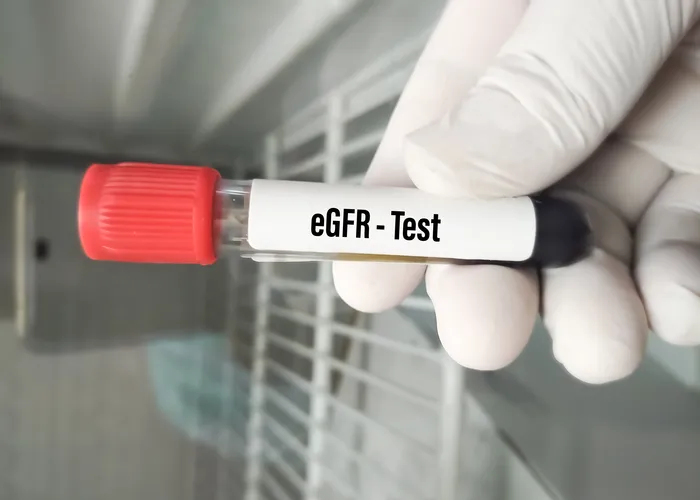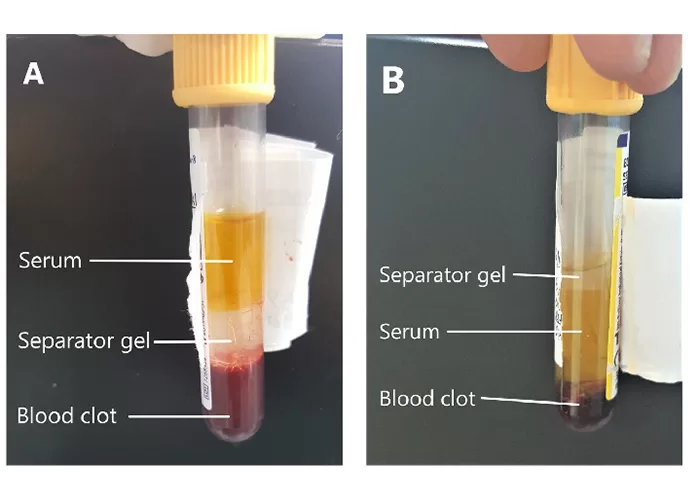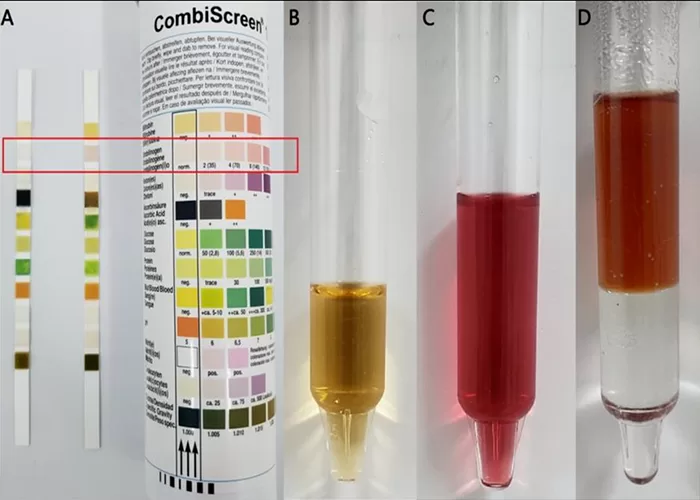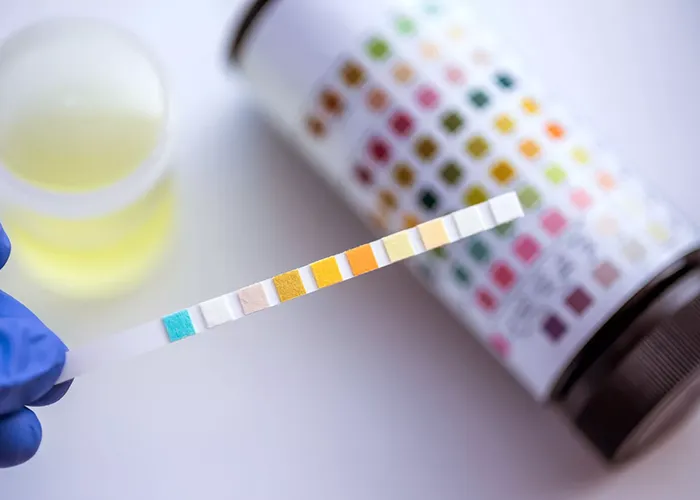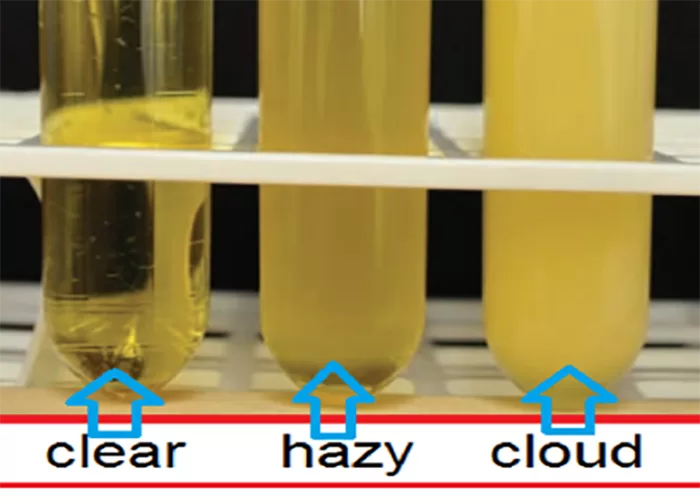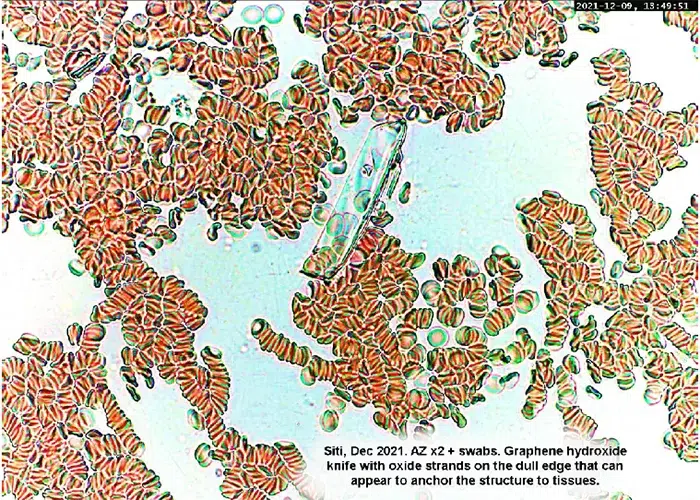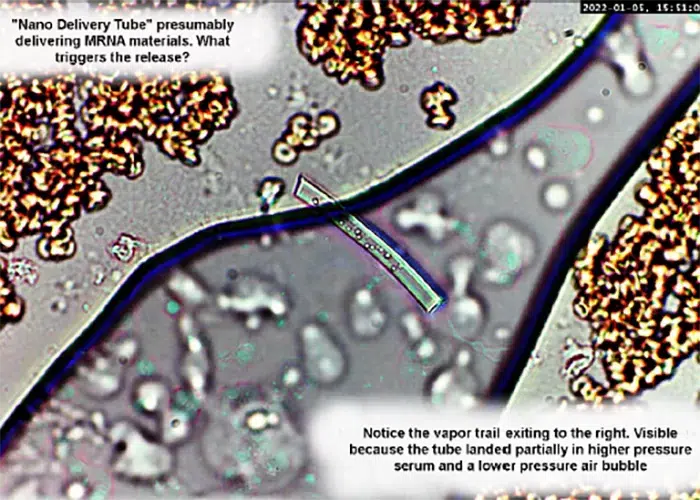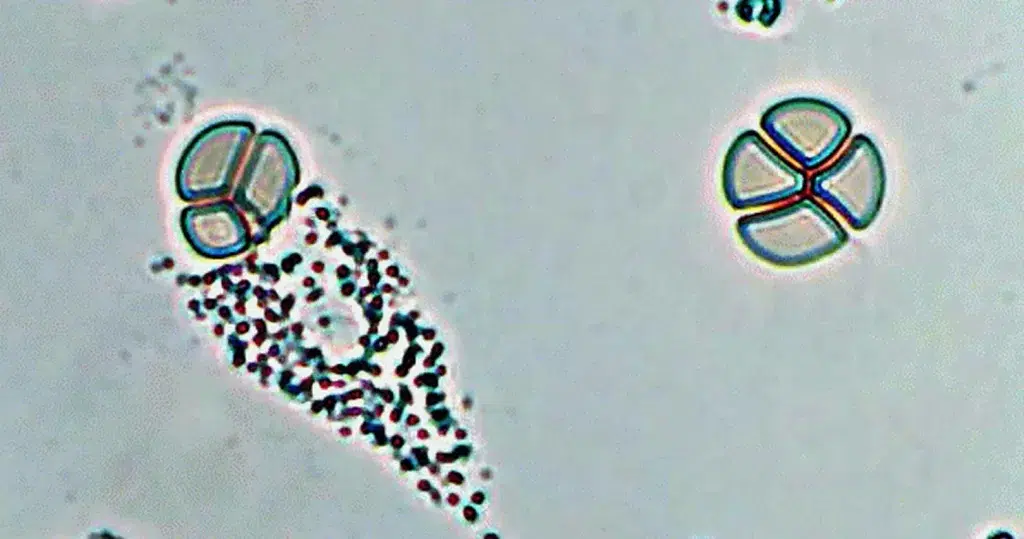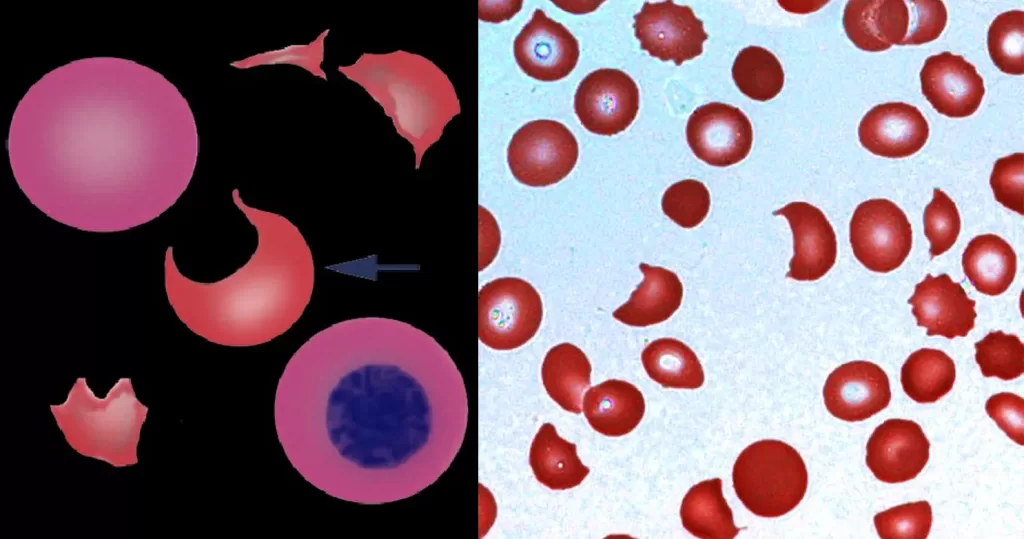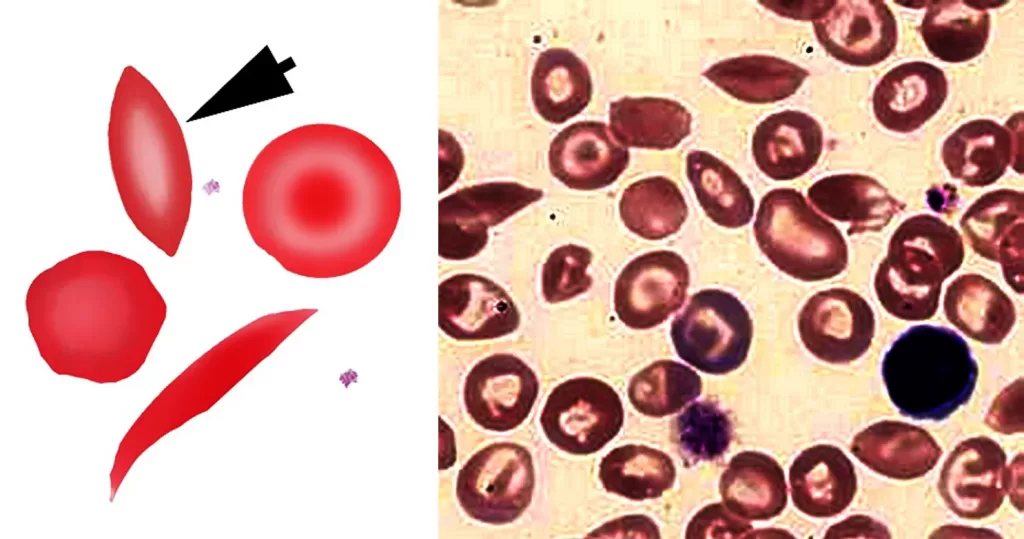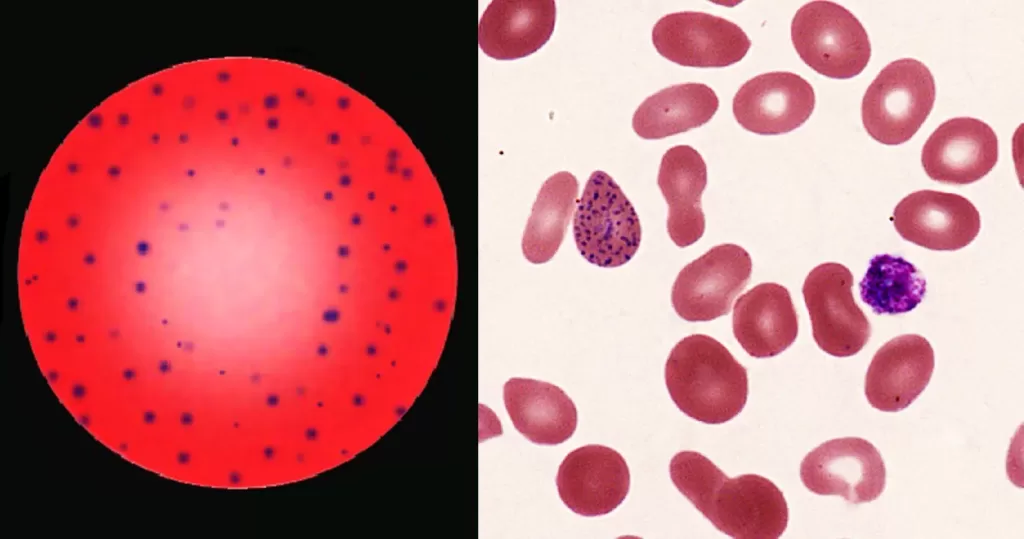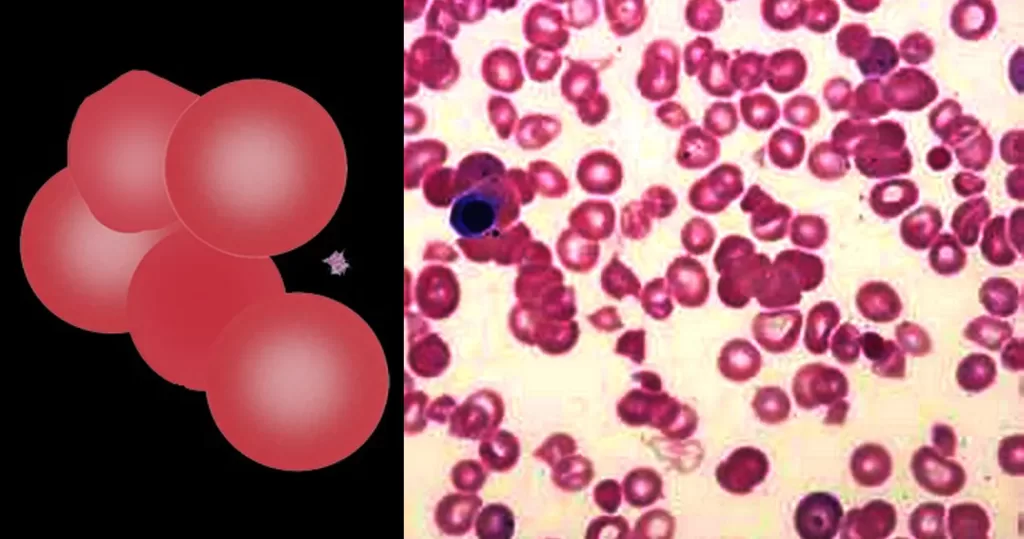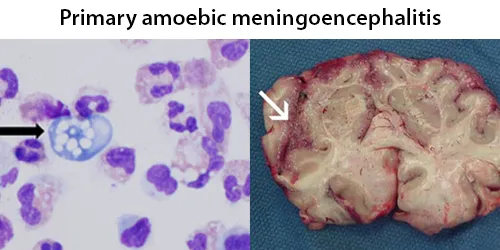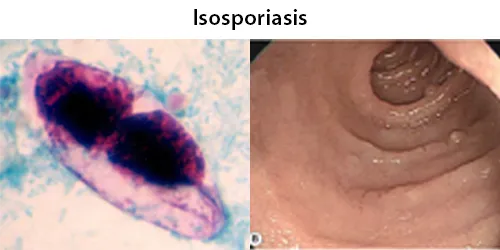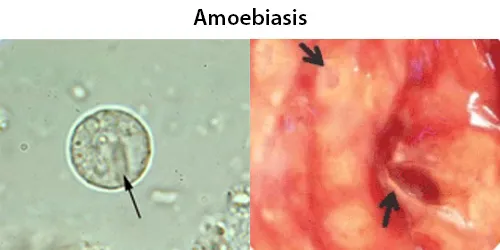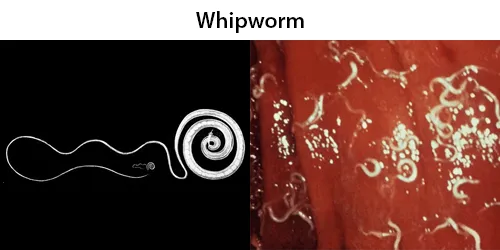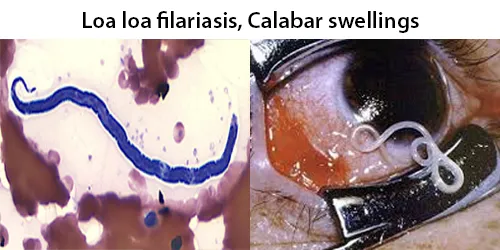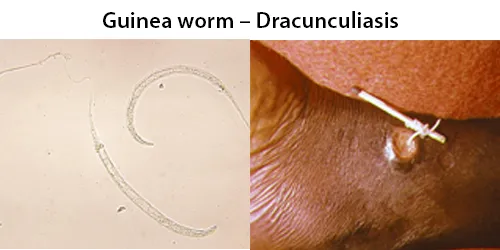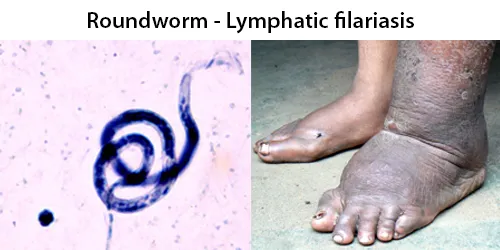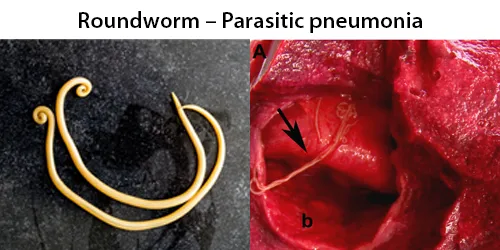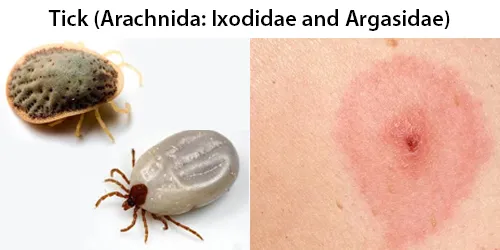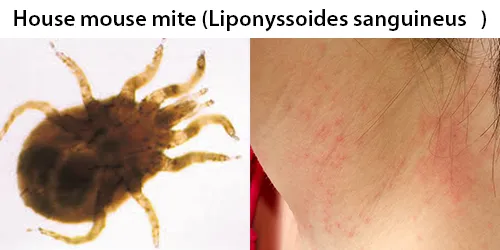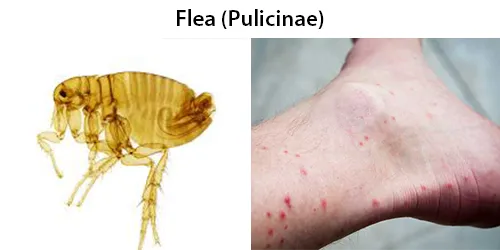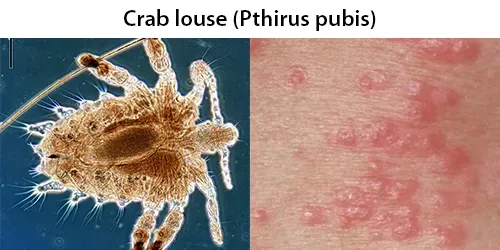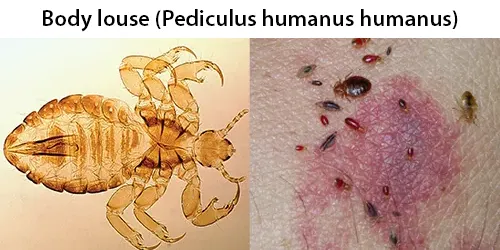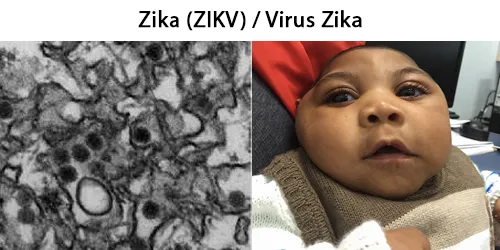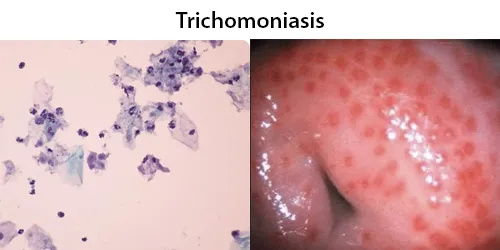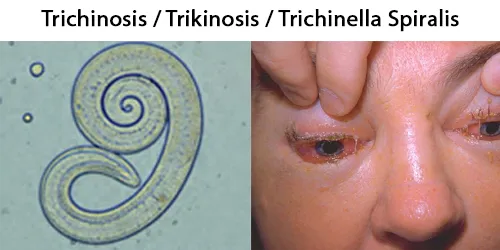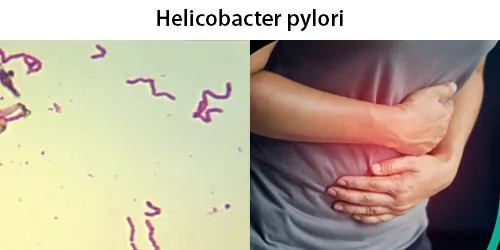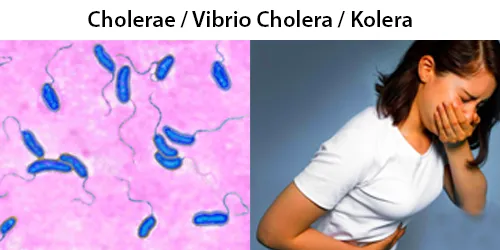6 Benefits of Papaya Leaves to the Human Body
Papaya leaf actually has a myriad of benefits for the body. Do not misunderstand the bitter taste behind it save so many benefits. And what are they? We know that papaya is also good for the body, but the leaves also should not be underestimated.
For more information about papaya leaf, please come to papaya leaf categories. Like Benefits of papaya leaves in our lives, Traditional medicinal herb scarlatina – dengue fever
Here are some of the benefits of papaya leaves that you must know:
1. As an acne medicine.
For you who do not feel confident having pimpled face. Especially for women who are always watching beauty. Papaya leaves can cure that is by making him a mask.
How to create a mask: take 2-3 papaya leaves the elderly. Then dry in the sun and mashed until smooth. Add a half teaspoon of water, then can be utilized to the full face acne.
2. Benefits facilitate digestion
The leaves of the papaya plants contain chemical compounds of karpain. Substance that can kill microorganisms that often interfere with the digestive function.
3. Increase appetite
These benefits are primarily for children that are difficult to eat. Take a fresh papaya leaves and the size of your palm. If you’ve met add a little salt and half a cup of warm water. Mix and blend. Then strain the water, well water that can be used to increase appetite.
4. Dengue fever
Who would have thought that the papaya is also able to cure dengue fever. Try to collect 5 leaves. Add half a liter of water and boil. Take water if you have the type of place just behind. I’ve never prove it, so if things do not improve immediately to the doctor immediately (even if improved immediately brought to the doctor). Let’s just say this for first aid!
5. Menstrual pain
Ancient Javanese women often use papaya leaves to treat menstrual pain. Take enough leaves only 1, add tamarind and salt Java. Then mix with a glass of water and boil. Chill before drinking the potion papaya.
6.Anti cancer
It is still not sure, but from some research that the benefits of papaya leaves can also be developed as anti-cancer. Actually, it not only leaves but also stems papaya can be used. Because the difference between a Milky latex (milky white sap).
************************
The Natural Benefits of Papaya Leaf Extract

As alternative medicine grows in popularity, people are beginning to search everywhere for natural, health-promoting foods and supplements. It seems apparent that organic food rises far above conventional in helping to maintain a healthy body, but even organic food is highly depleted in nutrients compared to decades ago. There is little way around natural supplementation today, as soil is depleted and mainstream vitamins provide little or no benefit. People can utilize the health benefits of turmeric, vitamin D, and cacao, but there are other very powerful supplements out there that will contribute to incredible health.
Papaya Leaf Extract a Powerful Health Booster
One supplement you should not overlook is Papaya Leaf Extract. Papayas are excellent sources of dietary fiber, vitamin C, vitamin A, vitamin E, and folate, while at the same time being rich in antioxidants, flavonoids, and carotenes. Papayas also contain high amounts of enzymes called papain and chymopapain, which are critical ingredients for a healthy body. Enzymes are responsible for almost every aspect of life and health, and are needed to help control all mental and physical functions.
So what are the real uses for Papaya Leaf Extract ? The beneficial properties surrounding papaya have been known for generations, but they are now just gaining back some attention. Some of the healing properties papayas provide are:
- Increased quality of proteins in whole organism.
- Revitalization of the human body and a maintaining of energy and
vitality. - Encouraged renewal of muscle tissue.
- Supported cardiovascular system.
- Strengthened immune system
- Help with the digestive system by breaking down proteins and supporting production of digestive enzymes.
- Treatment for skin wounds that don’t heal quickly.
- Prevention of cataract formation.
- Lowered risk of emphysema in smokers and passive smokers thanks to high vitamin D content.
- Alleviated inflammation.
- Help with nausea and constipation.
- Fighting various cancers and aiding the cardiovascular and gastrointestinal systems.
parasites within the body.
************************
Papaya Leaf Tea Benefits
this one of its kind of medicinal brew, read on.
- Papaya tea leaf is highly lauded in the medicinal world for its cancer-fighting abilities. Papaya leaf contains papain that is replete with cancer fighting enzymes. Papain is known to fret the protein fibrous coating on cancer cells, thereby cutting the risk of cancer. Papaya tea leaf is usually blended with Rooibos Tea to get a delicious strain that reduces the risk of cancer.
- Papaya leaf tea offers excellent protection against heartburns, dyspepsia, gastric catarrh and indigestion and is known to be an excellent treatment against gastrointestinal disturbances and other digestive disorders. Papain helps to breakdown the protein and assists in digestion. What more, it is known to boost appetite too.
- Papain contained in papaya leaf tea extract also helps to breakdown carbohydrates. For anyone finding it difficult to digest starchy food like breads and cereals, drinking papaya leaf tea might offer instant relief. It is also a best bet for anyone suffering from celiac disease, as it is known to breakdown wheat gluten, thereby making it easy to digest.
- Papain is known to bring relief against acute prostrate inflammation and can be very effective against benign prostatic hypertrophy (BPH). Researchers have found that papain overturns rectal lesions that are induced by extreme prostate enlargement, in almost 97% males.
- Papaya tea leaf contains another effective enzyme called chymopapain that is known to be a natural cure for ailments such as slipped spinal disc and pinched nerves.
- Drinking papaya leaf tea can offer relief from bowel disorders and constipation. It is also believed to be beneficial against inflammatory bowel disorders.
- Papaya leaf tea due to its purgative properties is also treated as a dewormer. It is used as a vermifuge, anthelmintic and amoebacide that eliminate worms and other parasites.
- Papaya leaf tea is surprisingly known to be very effective against dengue.
- It is widely assumed that papaya leaf tea can be extremely helpful in treating Herpes simplex virus and Herpes zoster (shingles). However, it is yet to be ascertained medically.
- Investigators have found out that papaya leaf enhances the manufacture of Th1-type cytokines, molecules that have a role in regulating the immune system of the body.
- Papaya is known to be very good in treating skin problems. Papaya tea leaf is believed to offer permanent relief from bothersome zits and acnes. You can consume the tea daily for long term benefits.
- Papaya is known to boost appetite and the same applies for papaya leaf tea as well. Papin breaks down the enzymes and aids metabolism that induces hunger and peps up appetite.
- Papaya leaf tea is also believed to offer relief from menstrual cramps. Just strain out papaya leaf extracts and mix it with warm water and ingest it for immediate relief.
**************************
Papaya Leaf
Papaya Leaf contains a remarkable protein-dissolving enzyme called papain, and if you suffer from indigestion or heartburn, gives Papaya Leaf a try! The enzyme in Papaya Leaf also breaks down wheat gluten and carbohydrates for extra digestive protection.
History:
Papaya Leaf is an herbaceous tree with a stem of spongy, soft wood that is hollow in the center and bears melon-like fruit. It is an interesting tree, in that the male and female parts exist in different trees, and trees may grow to a height of twenty to thirty feet. The Papaya Tree needs a tropical climate that is dry when cold and wet when warm; consequently, its greatest success appears in the equatorial zone with its warm wet season and cool dry season.
It is extremely sensitive to frost, and water-logging will kill the taproot within forty-eight hours. The Papaya is especially susceptible to Parasites, pests and diseases. This fussy plant needs a lot of water but must have good drainage, and it bears most fruit in light, porous, slightly acidic soils that are rich in organic matter. Said to be a native of the Caribbean and Central America, the Papaya is the true papaw that now grows abundantly throughout tropical America, Hawaii and many other tropical climates throughout the world.
Although grown to some extent in south Florida, the true papaw is not related to the North American papaw. The fruits, leaves and latex are all used medicinally. The fruit is usually pear-sized and has a central cavity filled with edible, pea-sized seed, which are said to have a similar flavor as capers. Papaya Leaves are cooked and considered a green vegetable and are a rich source of gummy, milky, white latex that contains the powerful enzyme, papain. This protein-dissolving substance is an excellent remedy for stomach and digestive disorders.
Papain is so powerful that Papaya Leaves have been wrapped around meats to break down the fibers and tenderize them. It is included in commercial preparations as a meat tenderizer and often used for that purpose in restaurants, and it also used commercially in chewing gums and as a stabilizing agent that is used to clarify beer. Papaya Leaves were even fed to animals to tenderize their flesh. Some of Papaya Leaf’s constituents include the fermenting agent myrosin, alkaloids, rutin, resin, tannins, carpaine, dehydrocarpaines, pseudocarpaine, flavonols, benzylglucosinolate, linalool, malic Acid, methyl salicylate, another enzyme, chymopapain (latex and exudate), calcium, iron, magnesium, manganese, phosphorus, potassium, Zinc, beta-carotene, B-vitamins and vitamins A, C and E.
Beneficial Uses:
Papaya Leaf is an excellent treatment for digestive disorders and extremely useful for any disturbances of the gastrointestinal tract. Papain, the powerful enzyme in Papaya, helps to dissolve and digest protein, thus easing stomach ailments and indigestion. (Because papain breaks down tough meat fibers, it is often used in restaurants and is the major ingredient in commercial meat tenderizers!) Papaya has been effective in easing heartburn and is given to treat dyspepsia and gastric catarrh. Papaya also stimulates the appetite.
Papaya Leaf’s enzyme, papain, not only digests protein, but it extends its activity to digesting carbohydrate. Papain also breaks down wheat gluten, which may be helpful for those suffering from Celiac disease; and those who have difficulty digesting starchy foods, such as breads, cereals and potatoes, might find great relief in including Papaya in their diets.
The papain in Papaya is thought to relieve acute prostate inflammation and may be very helpful in cases of benign prostatic hypertrophy (BPH). Clinical studies in Russia found that papain treatment reversed rectal lesions induced by extreme prostate enlargement in over 97 percent of the men treated.
The papain in Papaya is currently undergoing studies to investigate its efficacy in treating the Herpes simplex virus and Herpes zoster (shingles).
Another papayan enzyme, chymopapain, has been used in the treatment of slipped spinal disc and pinched nerves.
Since many stomach problems are the direct result of indigestion, use of Papaya appears to help prevent many ailments. It stimulates digestive acids and the production of bile, which may also lead to a healthier liver and pancreas.
Papaya is said to stimulate the bowels in times of constipation and is also believed to be useful in treating inflammatory bowel disorders.
In many areas of the world, Papaya is used as a vermifuge, anthelmintic and amoebacide that eliminates worms and other Parasites, and it is thought that the papain content digests the invaders, and Papaya’s latex also works as a dewormer by its purgative actions, increasing the movement of intestinal contents.
********************
Papaya leaf in curing cancer
Papaya/Pawpaw apaya (Carica papaya) originates from tropical American countries. Today Papaya is cultivated in most tropical countries around the world.
The Papaya with the Latin name carica papaya is called Paw Paw in Australia and New Zealand. This is in no way related to the Paw Paw in North America that has the Latin name asimina tribola, though both are medicinal plants.
Papaya leaf juice is claimed to have reversed cancer in many people living on the Gold Coast in Australia. Harold W. Tietze in his book Papaya The Medicine Tree, describes how to make the juice and tells the stories of many cancer survivors who reportedly used the juice to get rid of their cancer.
The book contains the the following report that was published in the Gold Coast Bulletin. “PawPaw Cancer Plea Bears Fruit”. Gold coast gardeners have responded to an appeal by cancer victims desperate to find supplies of pawpaw leaves. And the Gold Coast man who, 14 years ago, first exposed the leaves as a possible cure for cancer has been tracked down to a Labrador (Gold Coast) nursing home. The story of how Stan Sheldon cured himself of cancer by drinking the boiled extract of pawpaw leaves was first told in the Gold Coast Bulletin in 1978.
Now research in the United States has given scientific support to his claim, isolating a chemical compound in the pawpaw tree which is reported to be a million times stronger than the strongest anti-cancer drug. Mr Sheldon, says the discovery does not surprise him. I was dying from cancer in both lungs when it was suggested to me as an old Aboriginal remedy he said. I tried it for two months and then I was required to have a chest x-ray during those compulsory TB checks they used to have. They told me both lungs were clear.” “I told my specialists and they didn’t believe me until they had carried out their own tests.” “Then they scratched their heads and recommended I carry on drinking the extract I boiled out of the papaw leaves.”
That was in 1962. The cancer never recurred. Since then Mrs Sheldon has passed the recipe onto other cancer victims. ‘Sixteen of them were cured,’ he said. Mr Sheldon’s involves boiling and simmering fresh pawpaw leaves and stems in a pan for two hours before draining and bottling the extract. He said the mixture could be kept in a refrigerator though it may ferment after three or four days.”
“One man has been growing papaws and giving away the leaves to cancer victims ever since he read the Bulletin’s original 1978 story about Mr Sheldon. ‘ have no doubt that it works,’ he said. “I know people walking around now who should have been dead according to their original cancer diagnosis. But the pawpaw treatment helped them to beat the cancer.”
The recipe is as follows:
Wash and partly dry several medium-size papaya leaves. Cut them up like cabbage and place them in a saucepan with 2 quarts/ litres of water. Bring the water and leaves to the boil and simmer without a lid until the water is reduced by half.
Strain the liquid and bottle in glass containers.
The concentrate will keep in the refrigerator for three to four days. If it becomes cloudy, it should be discarded.
The recommended dosage in the original recipe is 3 Tablespoons/ 50ml three times a day. It is recommended to read Papaya The Medicine Tree for the interesting stories of ‘incurable’ people who have used this extract to beat their cancer, and for other medicinal uses of papaya.
A letter from R.J.W.:
“I was inspired to send some leaves to a few people dying from cancer. The first, a banana grower aged 40, had two operations on his bladder for cancer which did not prevent metastasis. I placed him on a very simple diet consisting of zero junk food, fresh living food with no preservatives, white flour, sugar, colourings or additives and told him to stuff a handful of pawpaw leaves into a saucepan and fill with water. Boil, simmer for one hour and drink it till it comes out of your ears. He did so and five weeks had no trace of cancer whatsoever.”
The leaves have also been reported successful used when dried and ground. The astonishing effects of the pawpaw have also been proved in tests on mice. The results were very impressive; tumors found in humans were being injected in mice and during treatment with papaw were disappearing.
Pawpaw twigs contain acetogenins – active compounds that modulate the production of ATP in mitochondria of specific cells – which affects the viability of specific cells and the growth of blood vessels that nourish them. A recent clinical study with over 100 participants showed that the pawpaw extract, containing a mixture of acetogenins, supports the body’s normal cells during times of cellular stress.
Since 1976 Dr. McLaughlin, professor at Purdue University, at the request of National Cancer Institute, lead a team of two other professors in studying the effectiveness of herbs on tumors. Pawpaw proved to be the most effective out of about 3,500 plants. Dr. McLaughlin found around 50 biologically active ingredients in this plant. Acetogenins are the medically effective ingredients of this herb.
Acetogenins found in pawpaw have been shown to have dramatic biological activity, being active against worms, some viruses, fungi, and many cancer cell lines. When compared with conventional chemotherapy agents, they have worked comparably in cell culture and animal studies, but at far lower
concentrations and with almost no toxicity to host animals.
Dr. McLaughlin says that pawpaw is also effective in the fight against tumors, actually against any type of abnormalities which involve faster than normal cell growth. Pawpaw can be used as a support during Chemotherapy and radiation. Tests revealed that pawpaw makes these therapies more effective, and reduces their side effects.
“Pawpaw is very effective on its own. It typically doesn’t need any supporting supplements. There are however, products that may be used in increasing the pawpaw’s effectiveness. The products are Noni, Immune Stimulator, Colostrums, and Protease Plus (especially when fighting a digestive tract or intestinal tumor).
However, pawpaw should not be used with any kind of thyroid stimulators
(e.g.: KC-X) or with CoQ10 (coenzyme Q10). For cancer patients taking Laetrile, it is important to consume paw paw and pineapple each day, as the natural enzyme strips the coating on the cancer cells, so that the B17 in the kernels can work.”
kkkmedicine.blogspot.com
http://naturalsociety.com/benefits-of-papaya-leaf-extra/
Mike Barrett
NaturalSociety
February 1, 2012
Contributor: Admin
http://www.herbalist.com/wiki.details/93/category/11/






















